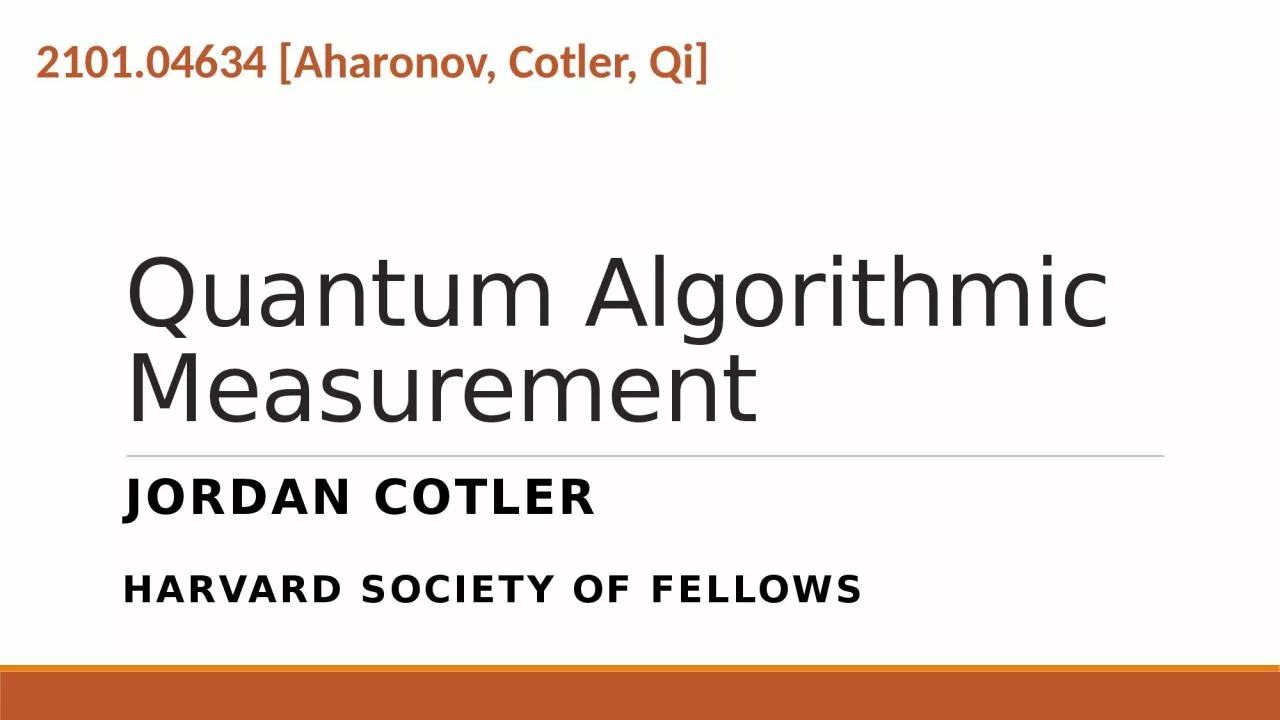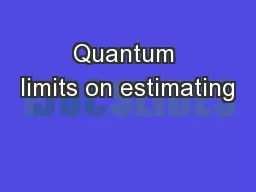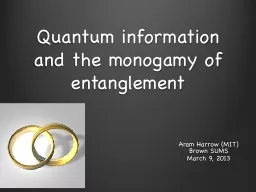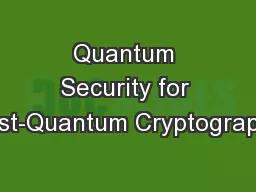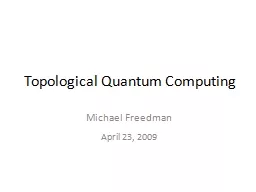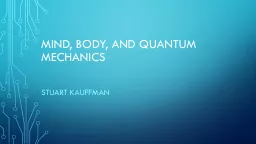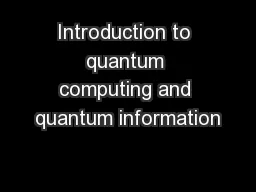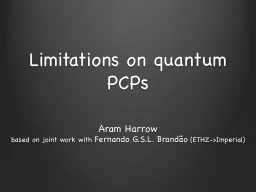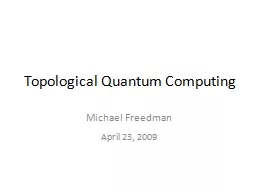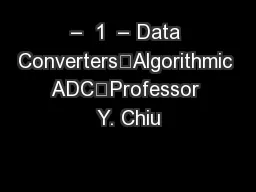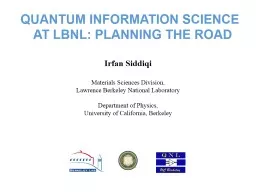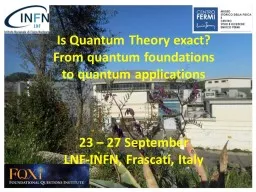PPT-Quantum Algorithmic Measurement
Author : ani | Published Date : 2023-07-28
Jordan Cotler Harvard Society of Fellows 210104634 Aharonov Cotler Qi Introduction what is an experiment Measuring constants of nature speed of light charge of
Presentation Embed Code
Download Presentation
Download Presentation The PPT/PDF document "Quantum Algorithmic Measurement" is the property of its rightful owner. Permission is granted to download and print the materials on this website for personal, non-commercial use only, and to display it on your personal computer provided you do not modify the materials and that you retain all copyright notices contained in the materials. By downloading content from our website, you accept the terms of this agreement.
Quantum Algorithmic Measurement: Transcript
Download Rules Of Document
"Quantum Algorithmic Measurement"The content belongs to its owner. You may download and print it for personal use, without modification, and keep all copyright notices. By downloading, you agree to these terms.
Related Documents

